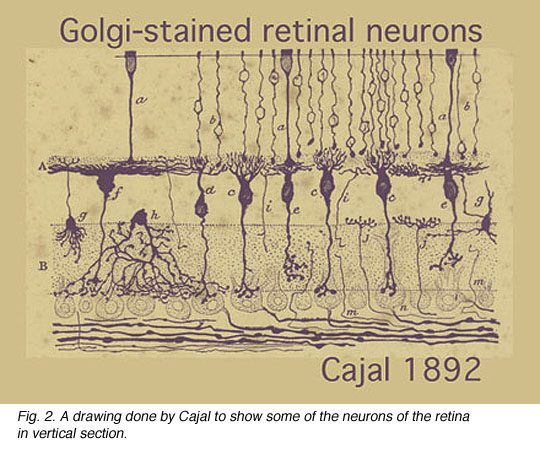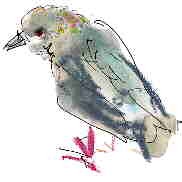Norman
Allan | ||||
| The Brain: what we know about it... | ||
What we know about the brain can be divided into 3 or 4 categories... 1:
neurochemistry/neurotransmitters… it was discovered a hundred years ago
that communication between nerves at their synapses is a chemical event involving
neurotransmitters (chemicals) and receptors in the cell walls for these neurotransmitters.
2.
gross anatomy and connectivity. The gross anatomy has been studied over
an even longer period, with ever more sophisticated tools. We used to do "ablations"
studies: when you kill a nerve body its axons die off and you can trace their
connections. Or a stain (and poison) horseradish peroxidase will spread down the
axons. 3.
behavioral studies: I said 3 or 4 because I'm not for how much we've learned from
this aspect of study. The big names are Pavlov, Lorenz and Tinbergen (ethology).
We have not learned that much of any importance (I think) from Skinner and the
"Behaviourists", but there are many other observers, some crossing disciplines
- like Sherrington's work on reflexes at the beginning of the 20th century…
the study of connectivity, nerve nets! | ||
| 4.
connectivity and nerve nets: here there are some luminary names, like Sherrington,
and Golgi, who started staining nerves: the illustration is of Cajal's drawing
using Golgi's stain. Neurophysiologists, throughout the 20th century, made small steps in studying the functionality of these connections. The most striking work is in the physiology of vision. In the 30s and 40s the concept of "surround contrast" analysis in the retina was pieced out. This traces 3 orders of neuron, how they begin to look for contrast. (see: ... Visual...Neural Networks). Hubel and Weisel worked on the organization of 4th, 5th, and 6th order neurons in the brain, and their work is stunning. This work from the 1950s and 1960s is still the state of the art (again, see: ... Visual...Neural Networks). |  | |
5(?). observation and introspection: tell us little about the brain, but something about the "mind". Freud's speculations about/discovery of the unconscious, repression and resistance are significant. Introspection may show that if we can suspend the verbal (and verbal conceptional) mind, we will experience very interesting changes in our state of consciousness. | ||
|
|  |